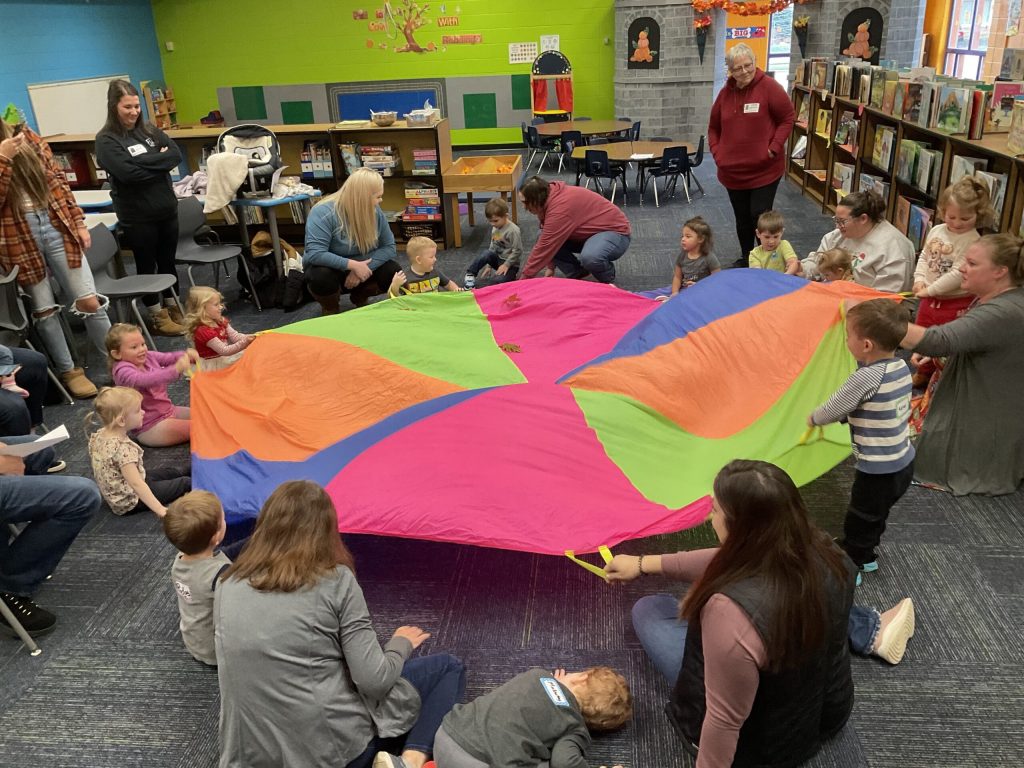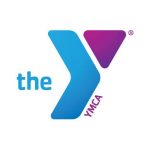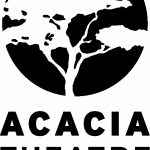With Federal Funding Surge Ending, Schools Must Decide What Programs To Keep
Wisconsin schools received $2.4B in federal COVID-19 relief funds

Wisconsin Rapids Public Schools Pitsch Early Learning Center. Photo courtesy Wisconsin Rapids Public Schools
Bookmobiles. Online mental health. Reading coaches. Robots. Therapy dogs.
These are all things Wisconsin school districts have been able to bring to students because of the $2.4 billion in federal Elementary and Secondary School Emergency Relief, or ESSER, funding.
ESSER dollars were meant to help students make up for learning loss brought on by the COVID-19 pandemic. Whether that’s been accomplished is hard to measure. But there’s no question the millions of dollars that went to schools over the last three years provided educators with an opportunity to hire staff and create programs they wouldn’t have been able to otherwise.
School districts will finalize their budgets in October without the benefit of that money.
“It’s hard to say what the real impact is going to be losing these dollars,” said Roxanne Filtz, director of curriculum and instruction in Wisconsin Rapids Public Schools. “That impact is going to be felt probably in a year when we notice the things that we can’t bring back.”
Wisconsin Rapids has about 4,700 students. The district received just over $7 million in ESSER III funds — some of which went toward hiring nine elementary school teachers so class sizes could be reduced.
“It really helped with one-to-one reading and math loss that occurred, and the social skills that were lost during COVID,” Filtz said.
Those teachers will remain on staff despite ESSER funds drying up. That’s because of attrition over the last three years, Filtz said.
The money was also used to help alleviate a pressing community issue.
Before the pandemic, many Wisconsin Rapids parents who had to go to work before their children started school relied on the area Boys & Girls Club.
The club provided a morning program and transportation to one of the school district’s seven elementary schools. It worked great for the students who got in. But there were nearly 200 families on the waiting list.
The school district used ESSER funds to hire Boys & Girls Club employees to provide the program at the schools, so all the students on the waiting list could be served.
“We were very nervous that once ESSER dollars would disappear, we couldn’t keep funding the program,” Filtz said. “But the program is so popular and so helpful in the community that we are absorbing it in our normal budget.”
School districts have used ESSER funds in creative ways
Across the state, school districts have found innovative ways to use the federal funds. In Milwaukee Public Schools, a career and technical education innovation lab gave students an opportunity to develop workforce skills.
Racine Unified School District created two family engagement liaison positions who spent part of their time in the classroom and part time in the community.
The Weston School District and the School District of Eleva-Strum got therapy dogs.
The Ho-Chunk Nation offered programming to build stronger community relationships. The Boscobel Area School District hired a retired family therapist to support mental health by offering training to staff. The Madison Metropolitan School District created programming to include robots to engage homebound students.
Whether these programs continue will depend on district budgets, said Laura Adams, policy initiatives advisor with the state Department of Public Instruction.
“Now that these dollars go away on Sept. 30, that means that our Wisconsin schools and districts have to make some really hard decisions about whether or not they will be able to continue to support some of these great programs, like the STEM labs, like the out of school and before school care, after school learning, summer learning opportunities,” Adams said.
Nearly half of all Wisconsin school districts have announced they will go to referendum Nov. 5, asking for almost $6 billion.
Some successful ESSER programs will have to end
Back in Wisconsin Rapids another success was a virtual counseling program for children whose parents couldn’t get them to a traditional counselor.
That program will be cut.
“It took away a barrier for our folks that can’t get their kiddos into therapy because of transportation or financial reasons,” Filtz said. “It has to be cut because it’s not something we can sustain, and it’s frustrating because it did a service for a population that desperately needed it.”
Adams says DPI has submitted the first part of its 2025-27 biennium budget proposal to the Department of Administration and is working on the second part. In the coming weeks, she said DPI will be advocating to increase funding for schools to make up for the loss in ESSER funds.
“We do need to invest in our schools, if we want to be able to provide a world-class education,” Adams said.
As ESSER comes to an end, Wisconsin schools decide what programs to keep was originally published by Wisconsin Public Radio.





















